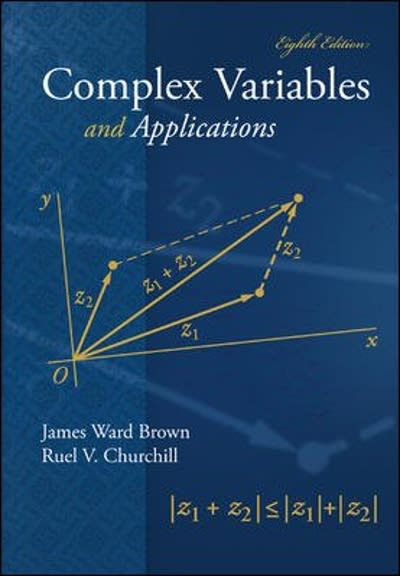Question
Statistic in Kinesiology 1. Why do you think researchers use charts and figures to illustrate data? 2. What types of charts have you seen presented?
Statistic in Kinesiology
1. Why do you think researchers use charts and figures to illustrate data? 2. What types of charts have you seen presented? 3. What types of data are displayed in different charts (i.e., why might some want to use a bar, line, or pie chart)? 4. What does the shape of a distribution tell us about the data? S. Explain what is meant by skewness. 6. Explain what is meant by kurtosis. 7. What's the difference between positive and negative skew? Which has a mean greater than its median? 8. How would you explain platykurtic and leptokurtic distributions to a friend not taking this class?
9. If a researcher wants to go beyond the descriptive statistics such as measures of central tendency and variability, he or she might be interested in a more precise measure of the relationship between variables. What type of numerical index might be used?
10. What's the difference between the coefficient of determination and the coefficient of alienation? If the correlation between two variables is .65, calculate each. 11. How might squaring a correlation coefficient be useful to understanding the relationship between two variables? 12. What is meant by the term continuous variable? What type of correlation coefficient would you calculate if you wanted to examine the relationship between two continuous variables? 13. How would you visually represent a correlation coefficient? How do you interpret the arrangement of the data points? 14. Why is it important to remember "association, not causation" when discussing correlations?
Step by Step Solution
There are 3 Steps involved in it
Step: 1

Get Instant Access to Expert-Tailored Solutions
See step-by-step solutions with expert insights and AI powered tools for academic success
Step: 2

Step: 3

Ace Your Homework with AI
Get the answers you need in no time with our AI-driven, step-by-step assistance
Get Started


